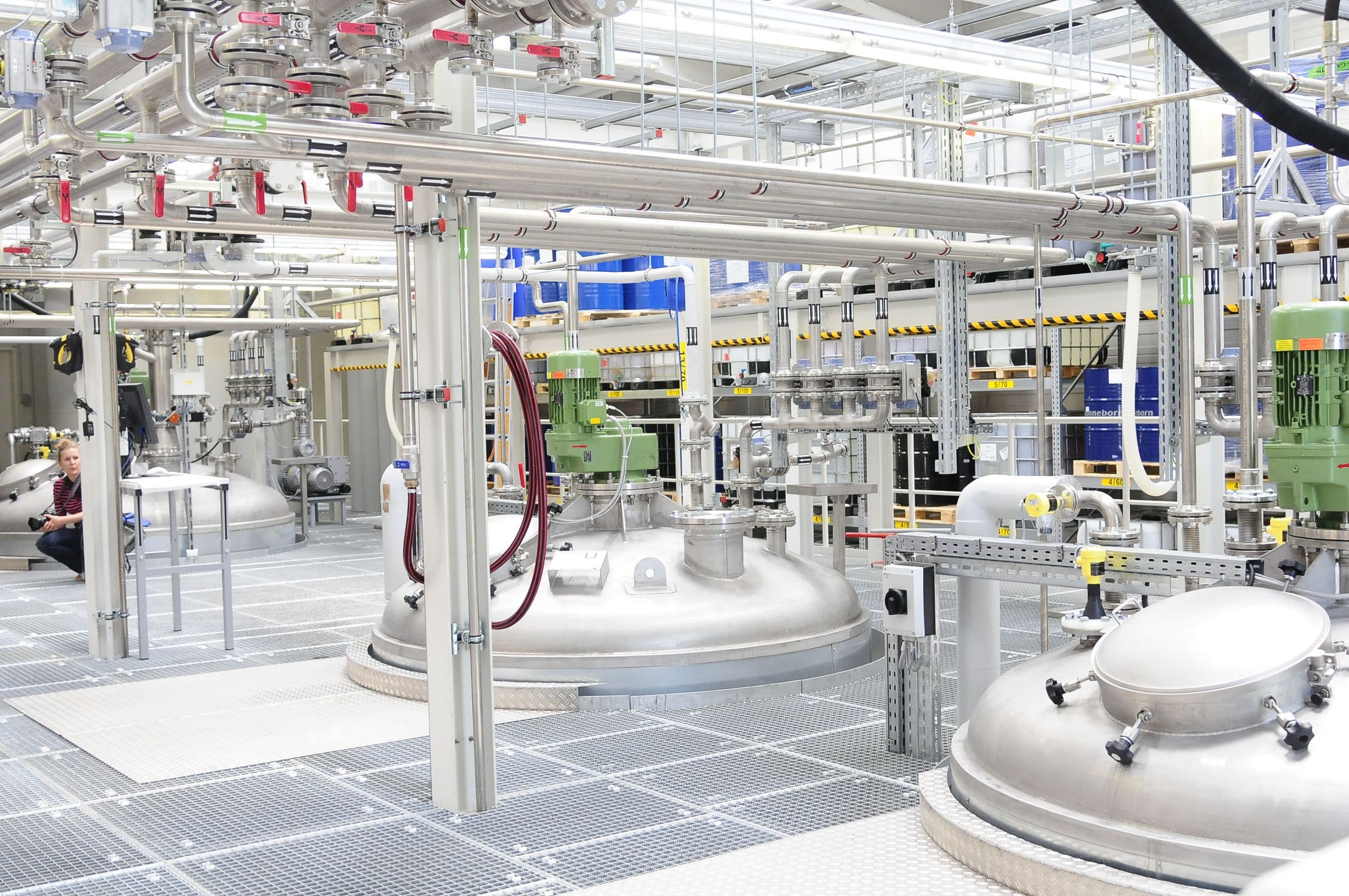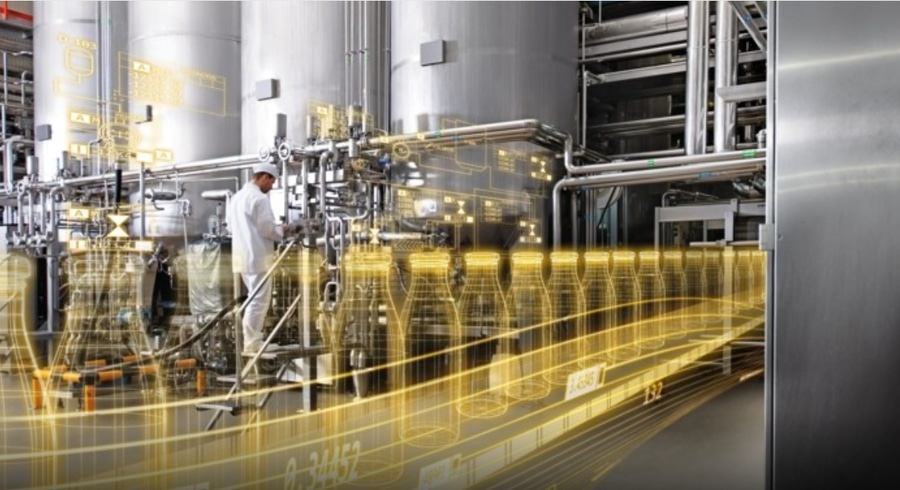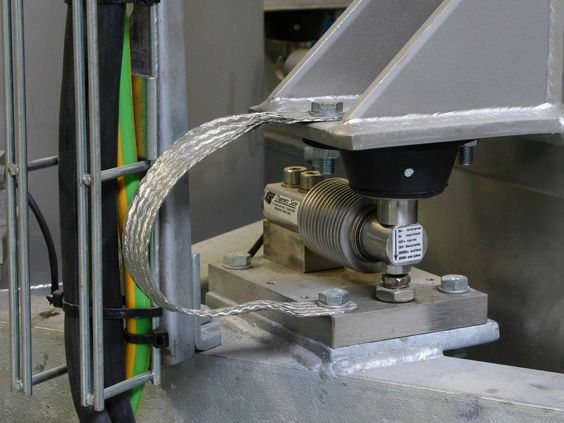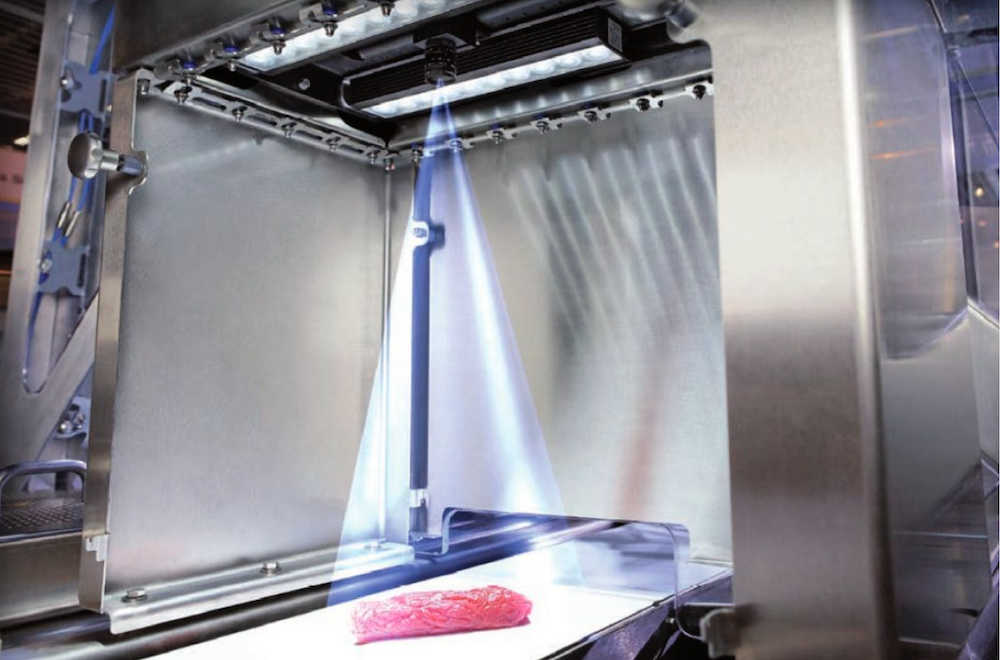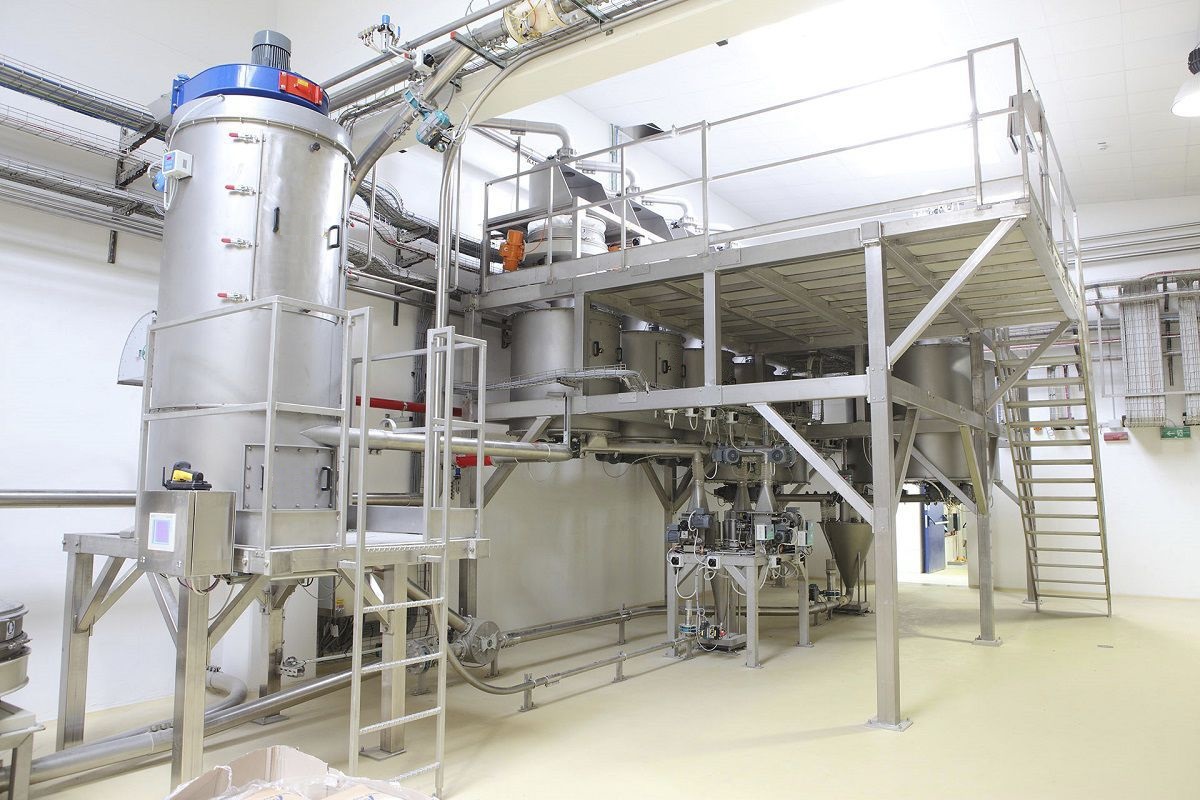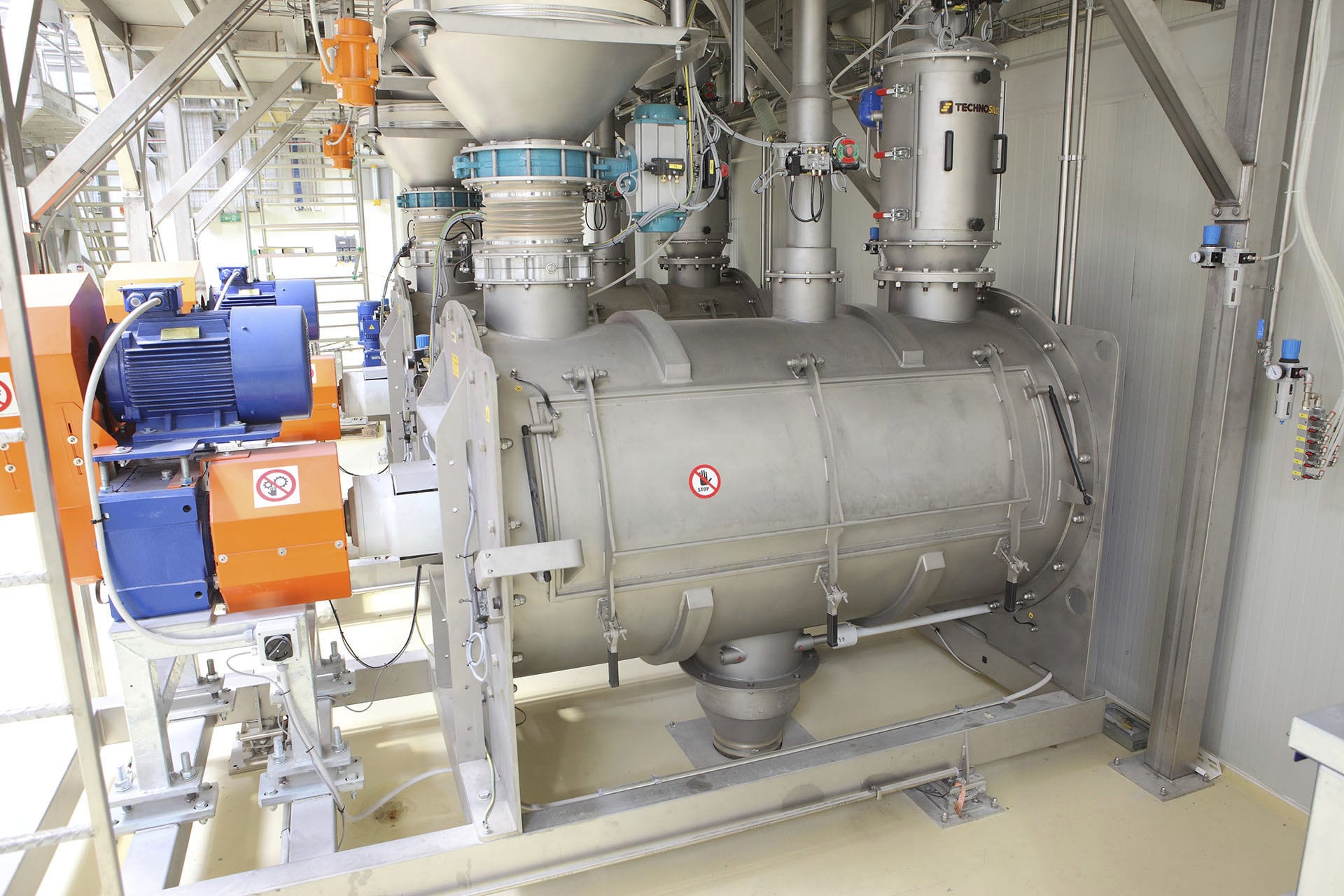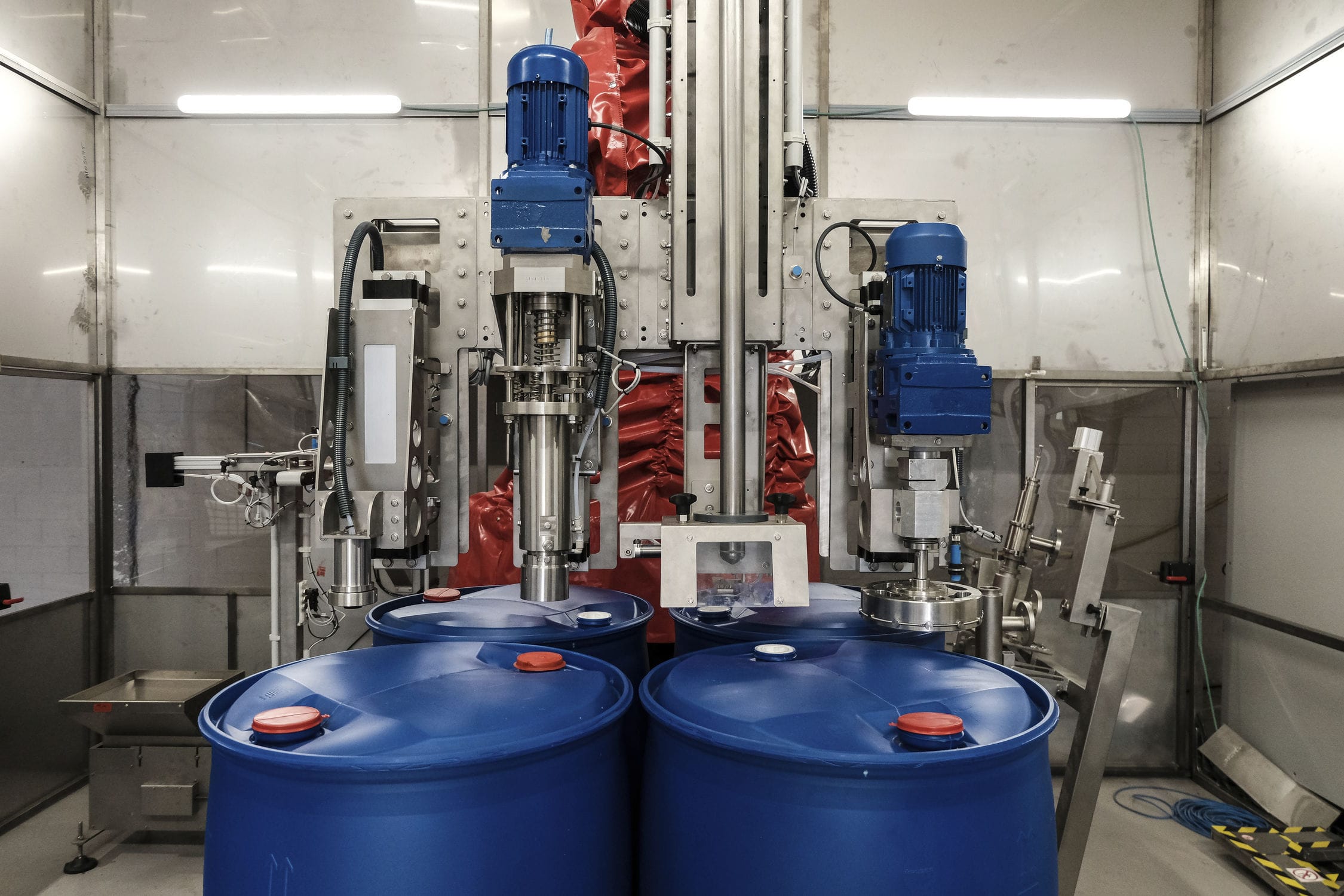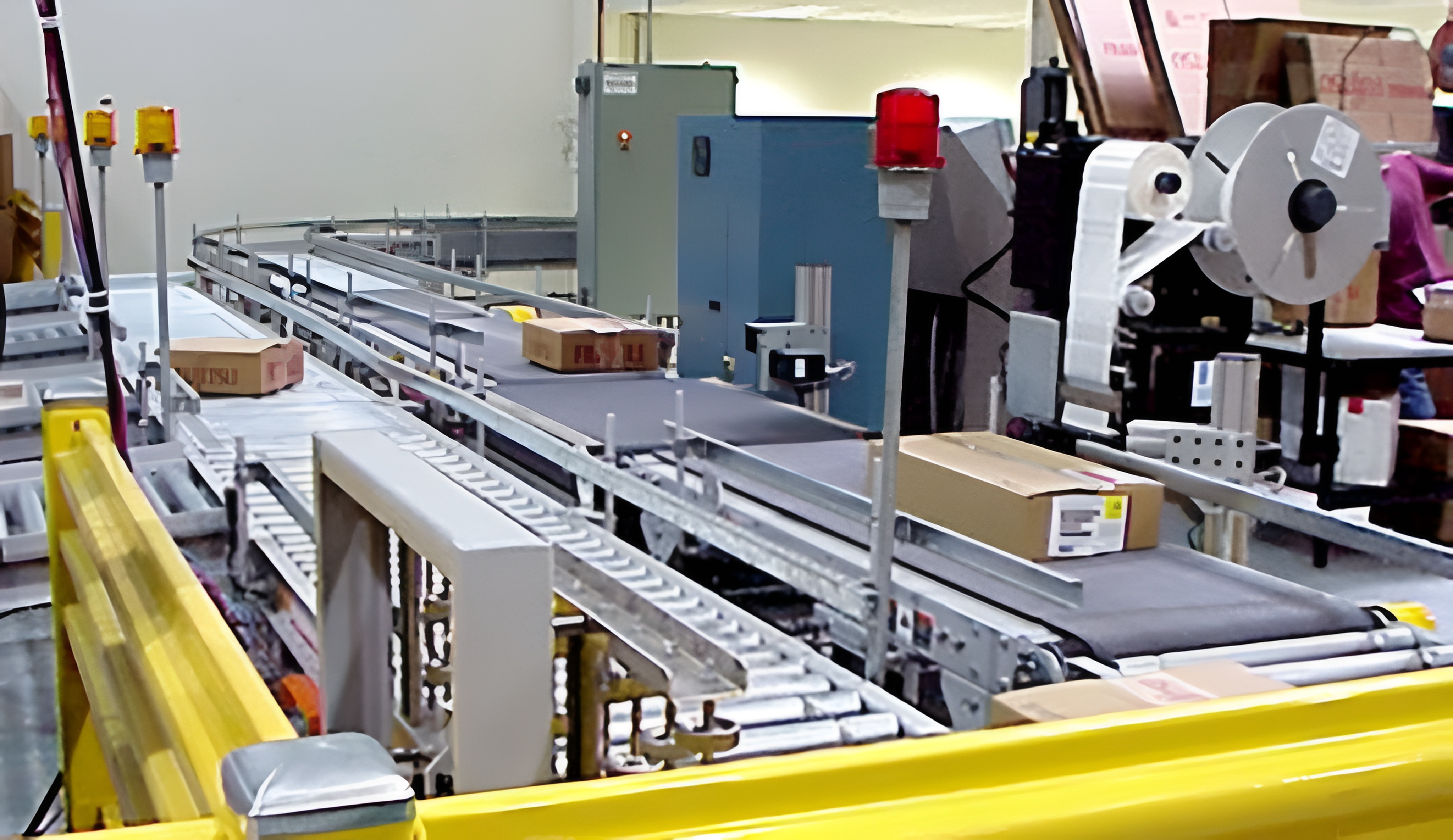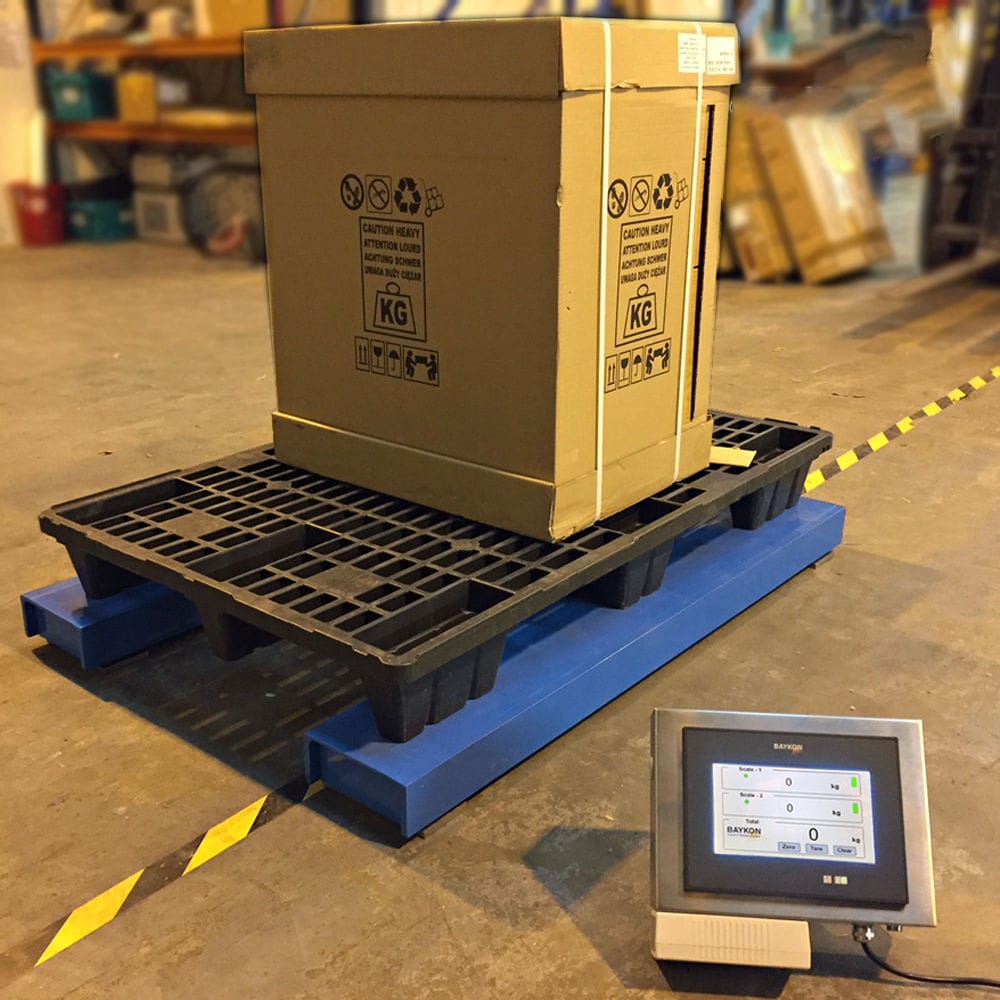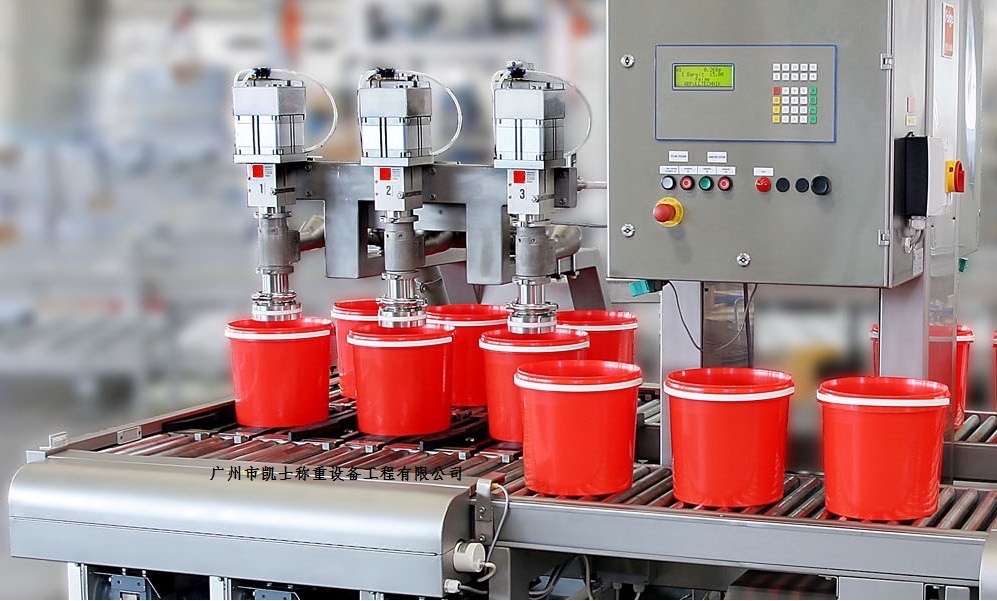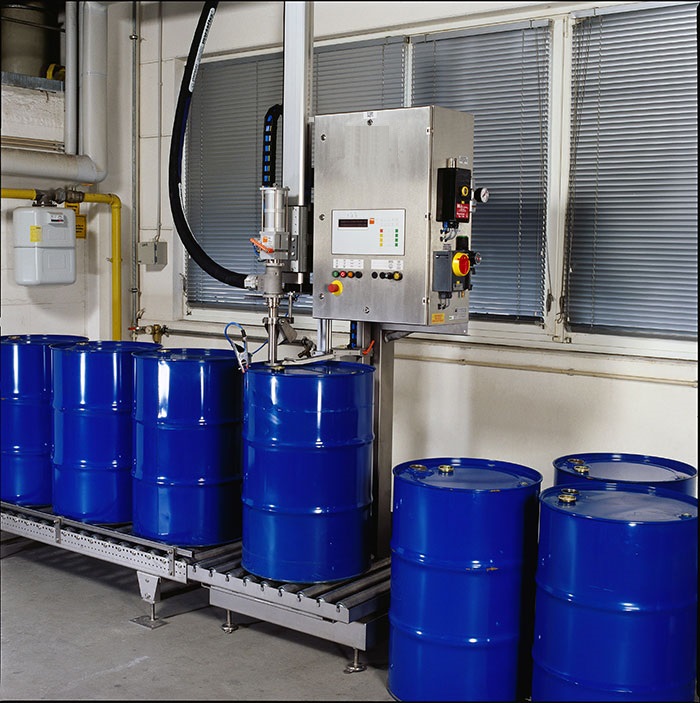

Automatic filling scale integrates field management and control system, which can effectively control material filling in real time. Realize the real-time detection of filling weight and the real-time opening and closing of the solenoid valve in the filling process, and the effective microcomputerized management of data upload.
 020-34563445
020-34563445Weighing and Filling machine adopts high-precision all-electronic weight detection method to weigh and measure, in order to control the filling and filling operation of raw materials in barrels, with high degree of automation, which can avoid material overflow as much as possible, prevent the material itself from polluting the environment to the greatest extent possible, so as to provide effective labor protection for the operators, and at the same time, the system can be used in humid, hazardous, or other undesirable environments.
The automatic filling machine only needs to place the barrels of the same specification neatly in the designated position, the professional robot will take out one barrel at a time accurately, and convey the barrels to the bottom of the filling nozzle accurately through the power track. The system is manufactured by PLC programmable controller, safe and reliable; the filling head and pipeline adopt quick connector, which is easy to dismantle and clean; it adopts two-stage automatic filling method, which is highly accurate; when the filling head is not inserted into the barrel, it will automatically lift the robber; and when it reaches the target value of filling, the filling head will automatically lift up.
Automatic filling machine adopts net weight/gross weight two kinds of filling methods for free choice, can set and store 30 groups of formulas for calling, filling target volume free setting, convenient for all kinds of weight packaging, Filling system with one key filling, easy to operate, with manual mode of operation, automatic alarm for overdifference, automatic control of the feed pump function, double windows can display the filling volume, the number of barrels, the cumulative amount of filling, etc., and automatically identify the tare range and the no-barrel-no-filling function. It is a fully enclosed and integrated raw material filling equipment.
Basic parameters:
Maximum weighing capacity: 1200kg
Minimum Sensitivity: 0.5kg
Filling error: ±0.5-2kg
Filling speed: about 50-80 barrels/hour
Control mode: 2-speed control
Filling method: Insertion, liquid level up
Gun head line: Teflon gun head, valve + Teflon hose
Structure material: host SUS304 stainless steel, conveying palletizing carbon steel anticorrosion paint.
Weighing platform size: 1200×1200mm (304 stainless steel power raceway)
Empty barrel raceway: 1200mm × 2500mm (304 stainless steel power raceway) with another 1200mm slope without power roller
Heavy drum raceway: 1200mm×2500mm (304 stainless steel power raceway, 2 sets)
Separate barrel device: for 200L barrels, carbon steel anticorrosive paint structure, 304 stainless steel raceway.
Palletizing equipment: pan-transfer type, suitable for pallets 1200×1200×140mm, including supplying pallets, palletizing, and lower pallet conveying.
Pipe pressure: 0.2-0.6MPa (related to material properties).
Material interface: DN40 flange connector 4, according to the user to provide interface standards
Air Connection: User supplied 12mm air hose connector for quick coupling connection
Power supply: AC220/50Hz (user-supplied to one side of the machine)
Using air source: 0.4-0.8Mpa (provided by the user to the side of the machine)
Use temperature: -10℃-50℃
Foundation conditions: active agent flat solid concrete floor, concrete thickness should be more than 10cm.
Optional models: standard type, explosion-proof type filling




